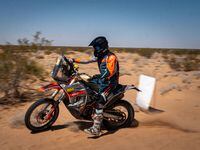When Harley-Davidson acquired kids’ electric bicycle maker StaCyc a couple of weeks ago, industry watchers and H-D fans alike raised their eyebrows. What would America’s biggest manufacturer of motorcycles (for adults) do with a toy catering to beings who couldn’t even drive? Coming on the heels of its lightweight electric concepts, some people wondered if The Motor Company had lost its mojo.
But if you took a step back and thought about the transportation issues of American cities in general, or even just changes in the moto industry writ large, Harley’s moves made some sense. In fact, its strategy could position Milwaukee in the driver’s seat for the near future.
Portland, Oregon, where I live, prides itself as being progressive, green, and increasingly anti-automobile. It’s a small city that’s experiencing a boom in population, with the result being big-city problems like denser neighborhoods, gridlocked roads, and transportation headaches. How do they address the mess? So far it’s with bicycles and mass transit (and sometimes scooters), like other revitalized downtowns across the country.
That means bicycle lanes pop up regardless of where they’re needed, and I often wonder: What if there were a way to take advantage of those lanes without, you know, having to actually sweat—or wear spandex? An electric bike would fill the bill perfectly. It’d zip through traffic using infrastructure I’d already paid for with my tax dollars (and the dirty looks from pedal pushers would be so worth it). Which leads us to surmise there’s a broader electric vehicle strategy afoot from Harley, underscored by the purchase of StaCyc. Here’s how we see it.
StaCyc, which stands for stability cycle, is essentially a Strider-style balance bike with a small electric engine for children. Simply put, the powered bikes teach kids the basics of balance, hand-eye coordination, braking, and throttle control—all things you need in motorcycling. While $640 probably seems like a lot for a balance bike (for the 12-inch 12e model), when you consider the motor-less Strider 14x model retails for $200, the hit to the wallet seems a little less severe. The beefier and more powerful StaCyc 16e is the logical next step, which hopefully leads to a taller, faster bicycle, e-bicycle, or even scooter, culminating with…an Electric Glide Ultra Classic?
Okay, maybe not, but with StaCyc, H-D can add another level of riding products to complement its heavily adult-skewed portfolio. It’s also a ripe opportunity to reach young enthusiasts and give them a small taste of the brand. Even better, there’s really no other competition in this relatively new segment.
Bicycles will continue to blur the line between traditional transportation and recreation, and some feel that lower-end motorcycle sales may be cannibalized by electric bicycles in the urban market, so it makes sense for Harley to dip a toe into this segment. On the other hand, a Harley-branded bicycle could be a hard sell given the number of established players. It’s probably a good thing the new H-D electric lightweight—call it Concept 1—isn’t technically a bicycle; it has no pedals and is completely motor-powered (though we’re unsure of top speed or class), but it is a mountain bike design with dual suspension.
The other wrinkle here is that there’s plenty of competition. Yamaha might be the biggest player as far as moto manufacturers go; the company has offered pedal-assist road bikes for years, it makes purpose-built electric mountain bikes, and this year entered the US eBike market officially. In fact, Yamaha currently has five styles of e-bicycles available in the US.
Ducati too is no stranger to EVs, and the top-shelf, just-released Ducati MIGG-RR electric mountain bike is made with Thok E-bikes but is available in Europe only. Ducati says more EVs are in the works too.
Interestingly enough, you’ll also find Erik Buell in this segment; the former Buell head honcho and inventor has joined Fuell which calls itself an “urban mobility brand” to produce the Fluid electric bicycle. There’s also an electric motorcycle model on tap, but we’ll know more after the full reveal next month.
Like it or not, scooters are key to Harley’s electrification strategy; they’re unintimidating, easy to ride (no clutch), and convenient to park. You don’t even need a license in some states. The problem is the space is pretty saturated, though not necessarily by the big moto brands.
Honda has been unusually quiet in this segment—production of the PCX electric scooter started last year (but only for the Japanese market), and Big Red has just—just—broken cover on a full-size electric dirt bike prototype at the Tokyo Motor Show. Details are scarce, but it's the same form factor as the company's CR250 model, and looks close to ready for prime time. Yamaha's had a wide range of electric scooters in Europe and Asia for years, but also currently no options here. And BMW—who you'd think would be further along, considering the i3 electric car has been around for seven years—brought the C evolution to America last year, but it's a goofy-looking electric maxi scooter that's sluggish (0 to 60 in 6.2 seconds) and heavy (606 pounds).
Meanwhile, Vespa introduced its Elettrica late last year, and big scooter brands Kymco and Gogoro have several new EV scooters (several with “smart” features) on tap for this year.
Would a bar-and-shield branded product give these models a run for their money? If it’s priced right (sub-$10K), quite possibly. With its compact, retro-futuristic lines and skateboardy running boards H-D’s Electric Concept 2 (the scooter) hits all the trendy styling notes, while the mini-ape handlebar, inverted fork, and LED light ring adds street cred. We hope The MoCo makes this thing, and judging from the riding videos we’ve seen, we suspect it will.
You can put the LiveWire in this category. Harley bigwigs have called it a halo product, one meant to generate interest in the electric motorcycle space but not necessarily to define it. It’s a premium product at a lofty price, and would likely attract the same checkbooks as players like the $22,565 Energica Eva, with its streetfightery design. On paper the Eva looks a bit lighter and more powerful, but the LiveWire brings more gadgets and connectivity. You can put the new Zero SR/F ($20,995 for the Premium model) in this group too, though it edges out the LiveWire on range. Both Energica’s and Zero’s bikes offer fast charging options, and both offer more than 100 hp and 130 pound-feet of torque. Things won’t be easy for H-D in this segment.
Admittedly, the previous bikes are designed for different consumers, but as a group they make the funky Fuell Flow ($10,995) and Lightning’s new $12,998 Strike (which will be dropping any day now) look like an absolute steal. Cake’s Kalk off-roader is in another category, as are big-money e-machines like the Jaguar Land Rover-backed $117K Arc Vector (with matching HUD helmet and haptic jacket).
From a certain standpoint, H-D has essentially leapfrogged over other legacy motorcycle manufacturers in the streetbike electrification game, at least in the US. If The Motor Company actually starts making the e-mountain bike, the electric scooter, and the midsize concept shown last year, it could potentially have five entirely different EVs available by 2021. The obvious question is, why are the other majors so late to the party?










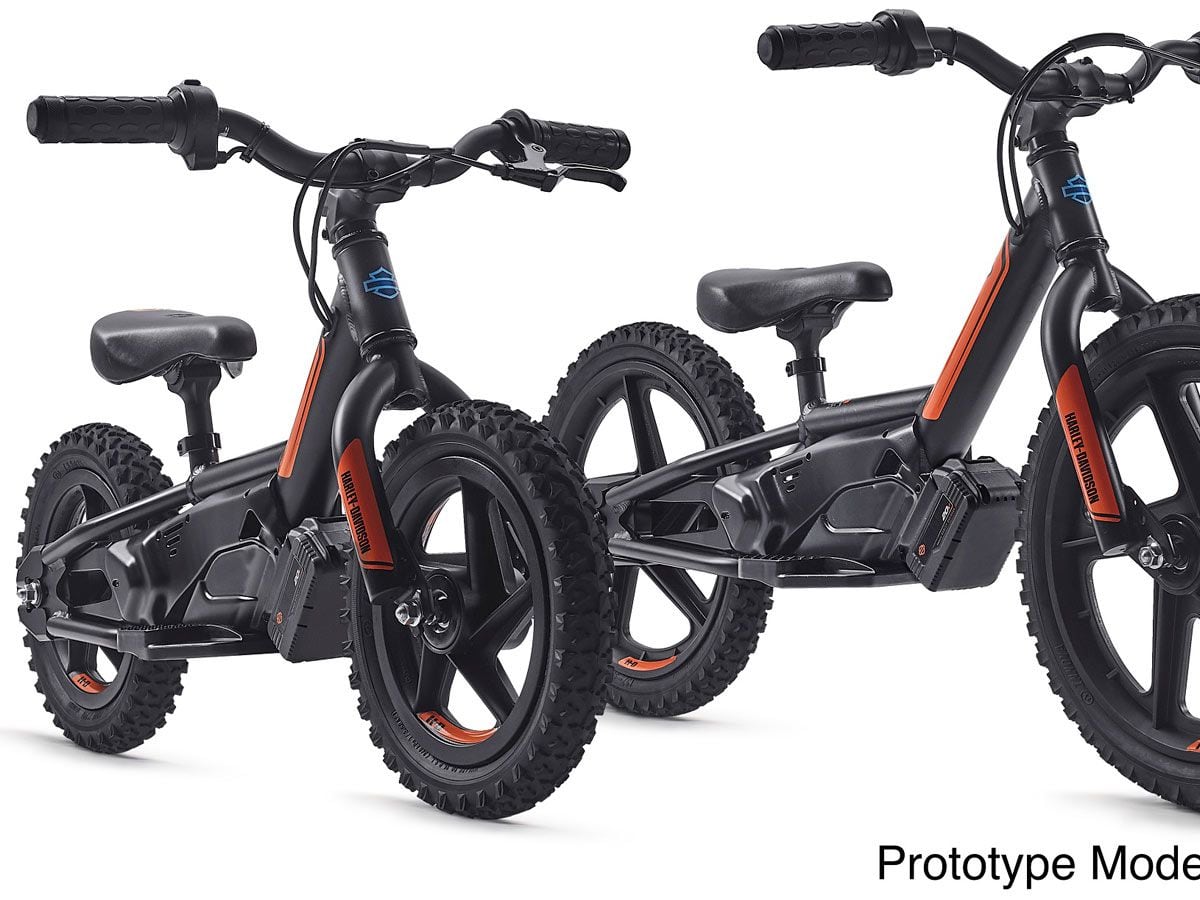
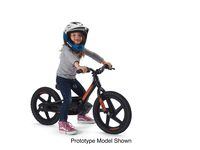
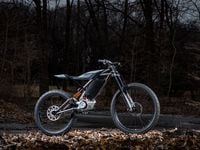
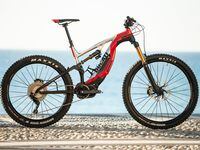
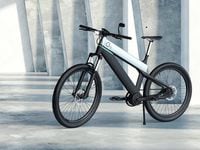
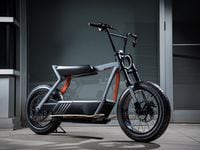
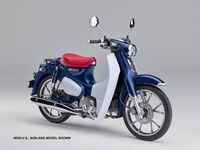


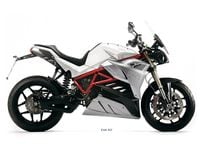
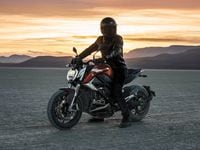
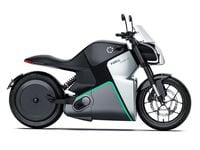

/cloudfront-us-east-1.images.arcpublishing.com/octane/MPHXIIV54NAU5L6E4SYZHCXVRM.jpg)



/cloudfront-us-east-1.images.arcpublishing.com/octane/WYXFHF4ZOBBTXELIZDB2FJXU64.jpg)
/cloudfront-us-east-1.images.arcpublishing.com/octane/K5FNV7ONUVDXJJ2H5BIWUGBGTI.jpg)
/cloudfront-us-east-1.images.arcpublishing.com/octane/MGVKP5VTNJHQ7FWNAHIWX4OHO4.jpg)
/cloudfront-us-east-1.images.arcpublishing.com/octane/6JEYTSIZQRHPJAVVPRLWZU63UM.jpg)
/cloudfront-us-east-1.images.arcpublishing.com/octane/XJU3VJZSDFEOVDBJTRXTTLTN5U.jpg)

/cloudfront-us-east-1.images.arcpublishing.com/octane/A6O3TEZF45BVFG2KKOUMPWEYM4.jpg)
/cloudfront-us-east-1.images.arcpublishing.com/octane/MHVFMH2YN5DT3EOZPLXKNFP3VM.jpg)
/cloudfront-us-east-1.images.arcpublishing.com/octane/VILA5L7CTBGOJGDKM2YAOCR6VU.jpg)
/cloudfront-us-east-1.images.arcpublishing.com/octane/GZMZRTYRS5A75G2EJDDGXLJEEE.jpg)
/cloudfront-us-east-1.images.arcpublishing.com/octane/6KWAL3TFNJBGTJMJSKQ2C6I3IY.jpg)
/cloudfront-us-east-1.images.arcpublishing.com/octane/GK5I5R3X7JCABGCKAKT4XY2K7U.jpg)


/cloudfront-us-east-1.images.arcpublishing.com/octane/RGUT3Y65IFGDFMLHQ3U7G5UUQE.jpg)
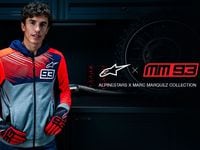
/cloudfront-us-east-1.images.arcpublishing.com/octane/37CSHD6CKRHYXHRB67EOLDS6XM.jpg)
/cloudfront-us-east-1.images.arcpublishing.com/octane/FYB7GKDGLVE3JKXMM75JTG2RYA.jpg)
/cloudfront-us-east-1.images.arcpublishing.com/octane/3ECVMM622VAZHIOLI6Q6ILWULU.jpg)
